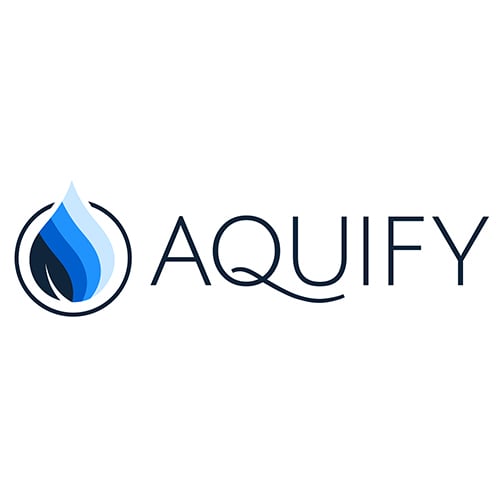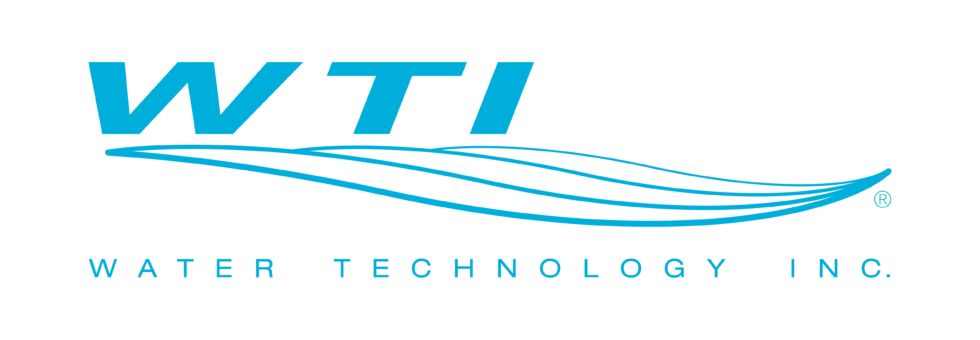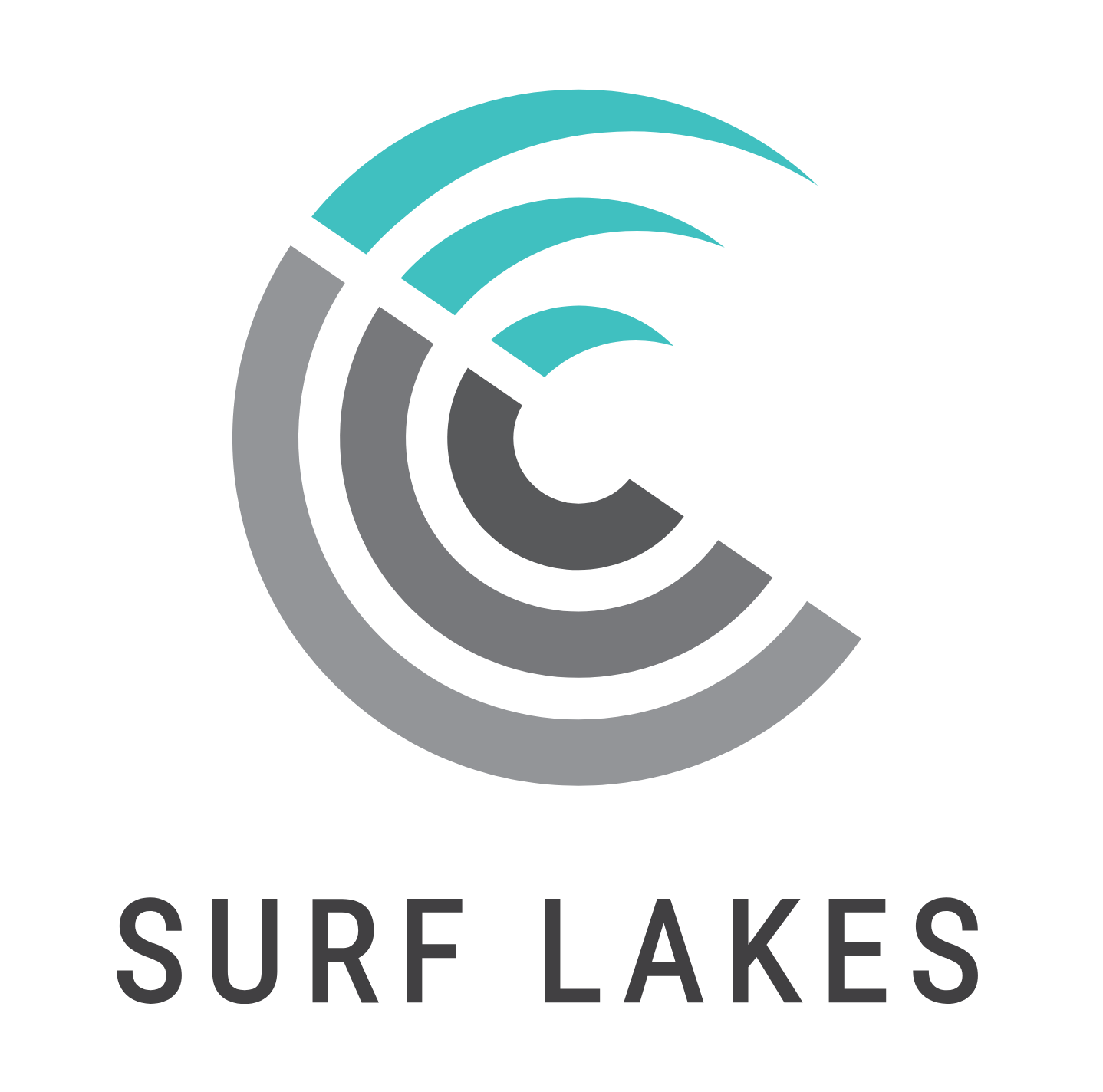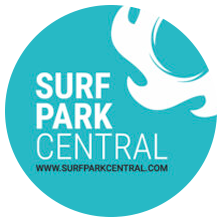Guest post from Stephen Szczygiel, CHIA of Hotel & Leisure Advisors
Surf parks are no longer a novelty; they are redefining the surfing experience. What began as a niche attraction has surged more into the mainstream, driven by Olympic exposure, global media, and the allure of perfectly engineered waves. With participation booming and surf parks offering consistent access, they are becoming more than training grounds. They are lifestyle hubs. Europe may have proven the concept, but North America has a growing wave of development. Much like Topgolf reshaped golf, surf parks are making surfing more accessible, social, and experience-driven. This article examines the evolution of surf parks, where they are being built, emerging trends, and whether their attendance lives up to the hype.
Riding a New Wave: Why Surf Parks Are Booming
According to Surf Park Central, the global surf park market is projected to grow at a compound annual growth rate (CAGR) of 11.5%, reaching $3.8 billion by 2028. This surge is fueled by a mix of cultural momentum and commercial viability. Meanwhile, data from the Sports & Fitness Industry Association (SFIA) shows that surfing participation in the U.S. rose 28.5% in 2023, with approximately 1 in 100 Americans engaging in the sport.
Increasingly, those waves are man-made. For many inland or cold-weather residents, surf parks are the only reliable way to surf locally. They offer controlled conditions, scalable wave sizes, and making surfing more inclusive.
New Developments in Surf Parks
Since Hotel & Leisure Advisors’ first surf park study in 2008, the industry has seen rapid growth. 2025 is expected to be a record-breaking year, with seven new surf pools opening— the largest annual increase to date. Updated inventories and market analysis are necessary to reflect this evolving landscape. The following tables highlight the current inventory of open and planned surf parks around the world.

Our data includes both standing wave pools and surf pools. Standing wave pools create a stationary wave where surfers move laterally on a fixed wave, while surf pools create moving waves that surfers ride to the shore. Standing wave pools often have adjustable waves, making them suitable for a wide range of skill levels. Surf pools aim to replicate natural ocean waves, offering a more oceanlike surfing experience. 2025 is set to be a record-breaking year with the opening of seven new surf pools as described in the table below.
Emerging Trends Shaping the North American Market
1. Technological Innovation and Diversity of Wave Experiences
North American surf parks are at the forefront of different wave-generation technologies. Waco Surf in Texas uses PerfectSwell® technology by American Wave Machines; Palm Springs Surf Club uses Surf Loch; and Kelly Slater Wave Co.’s Surf Ranch in California offer adjustable waves for surfers of all levels. Other global innovators like Wavegarden, Endless Surf, and Surf Lakes are also entering the U.S. market, creating a competitive and diverse technological landscape. These advanced systems enable surf parks to offer wave customization by shape, size, and frequency, which allows for progression from beginner lessons to elite training.
2. Surf Parks as Anchors in Mixed-Use Developments
Modern surf parks are no longer standalone attractions. Increasingly, they are integrated into mixed-use developments that include hotels, retail, dining, fitness centers, and residential units. This model is gaining popularity in U.S. states like California, Florida, and Texas, where developers are designing surf parks to be year-round lifestyle destinations. By anchoring real estate developments, surf parks improve land value and offer extended visitor experiences, often turning a few hours of surfing into a weekend getaway.
3. Institutional Capital and Bigger Bets
According to our research, the typical investment range for a surf park is between $40 million and $350 million, depending on its size, location, mixed-use components, and development scope. This has drawn the attention of institutional investors and REITs, especially in North America, where large-scale recreational projects are seen as viable long-term assets. A greater amount of capital is flowing from private equity, leisure conglomerates, and hospitality brands.
4. Sustainability as a Differentiator
The push for sustainability is real – and profitable. According to the 2023 Surf Park Central Consumer Trends Report, 90% of surfers say they prefer visiting surf parks that use eco-conscious practices, and 92% are willing to pay more for them. Parks are adopting STOKE Certification (Sustainable Tourism and Outdoors Kit for Evaluation), and implementing energy-efficient wave systems, water recycling, and renewable materials to appeal to environmentally minded guests.
5. Redefining Surf Culture: Access, Inclusion, and Community
Surf pools are increasing the accessibility of surfing. Programs are emerging to introduce surfing to children, adaptive athletes, and underrepresented communities. Events like the ISA World Para Surfing Championship and demographic shifts in surf participation highlight this trend toward inclusion. In North America, several parks are partnering with local schools, nonprofits, and recreation departments to build surfing into broader wellness and education programs.
Do Attendance Figures Match the Hype?
The buzz around surf parks is increasing, and the data indicates strong consumer interest. We analyzed Placer.ai data for the recently opened Palm Springs Surf Club in Palm Springs, California, as well as Revel Surf in Mesa, Arizona, and Waco Surf in Waco, Texas. Placer.ai is a location intelligence platform that uses aggregated mobile device location data to provide businesses with insights into visitation patterns, demographics, and other location-based data. Although Placer.ai data does not provide exact attendance and usage numbers, its cell phone tracking data offers reasonable estimates of how many people are visiting these properties, although it does not necessarily represent paid guests exclusively.

We analyzed the weekly Placer.ai visitation data from late February through late July. Revel Surf officially opened in the third week of February 2025, while Palm Springs Surf Club held its grand opening on January 1, 2024, but then closed for a portion of 2024 due to mechanical issues. Waco Surf, previously known as BSR Surf Ranch, first opened in 2018 and is open seasonally from early March through mid-December. Visitation at these man-made surf properties has fluctuated over the analysis period but shows a consistent upward trend heading into the peak summer months. Spikes in attendance are evident during key periods, including the grand opening week at Revel Surf and during the warmer summer period for all three parks. Demand is higher during various hosted events throughout the year, indicating growing consumer interest and seasonal momentum.
Placer data points to a promising outlook for surf parks, with visitation steadily increasing heading into the peak season. The consistent growth in foot traffic, especially during special events and peak periods, suggests that surf parks are gaining traction as popular recreational destinations. As consumer awareness and interest continue to rise, these venues are well-positioned to see even stronger attendance in the months ahead.
Conclusion
As surf parks evolve, their success hinges on delivering more than waves. Technological advancements, sustainable practices, and inclusivity are transforming these venues into year-round, multi-generational destinations. The coming years will test whether surf parks can maintain momentum as competition increases. Early indicators—growing attendance, rising investment, and global expansion—suggest this is no passing fad but a lasting shift in how people experience surfing.
As of 2025, the surf park industry is undergoing rapid evolution, fueled by advancements in technology and rising consumer interest in accessible, high-quality wave experiences. Modern surf parks are implementing cutting-edge wave generation systems that more closely replicate natural surf conditions, offering a variety of wave types to suit all skill levels. At the same time, sustainability has become a core focus, with many facilities embracing renewable energy, efficient water use, and environmentally friendly construction practices. These innovations not only elevate the user experience but also reflect the industry’s growing commitment to control utility costs.
Looking forward, the surf park sector is poised for continued expansion and diversification. Many industry professionals are eagerly anticipating the debut of Atlantic Park Surf in Virginia Beach, set to become the first U.S. surf park powered by Wavegarden’s cutting-edge Cove technology. Atlantic Park Surf is expected to open to the public in summer 2025, marking a significant milestone in the expansion of surf parks across the United States. As new parks open in a wider range of geographic locations, operators are increasingly tailoring their offerings to reflect local culture and community preferences. Many are evolving into full-scale destinations by incorporating amenities such as lodging, surf schools, fitness and wellness centers, and family-oriented activities. This broader approach is expected to draw a more diverse customer base, reinforcing surf parks as significant contributors to the global recreation and sports tourism market.
About the Author
Stephen Szczygiel, CHIA, is a Senior Associate at Hotel & Leisure Advisors (H&LA), an international hospitality consulting firm. H&LA specializes in appraisals, feasibility studies, impact analyses, economic impact studies, and litigation support for hotels, resorts, waterparks, surf parks, attractions, casinos, conference and convention centers, golf courses, ski resorts, and other leisure real estate.
Prior to joining Hotel & Leisure Advisors, Stephen held various management positions with Hilton, XfinityLive!, and Penn National Gaming. Stephen earned his Bachelor of Science in Hotel and Restaurant Management, with a focus on Casino Operations, and Minor in Business Administration from Drexel University in addition to studying Culinary Arts at The Restaurant School at Walnut Hill College in Philadelphia.
He can be reached via telephone at 216-810-5801 or via e-mail at [email protected].































You must be logged in to post a comment Login